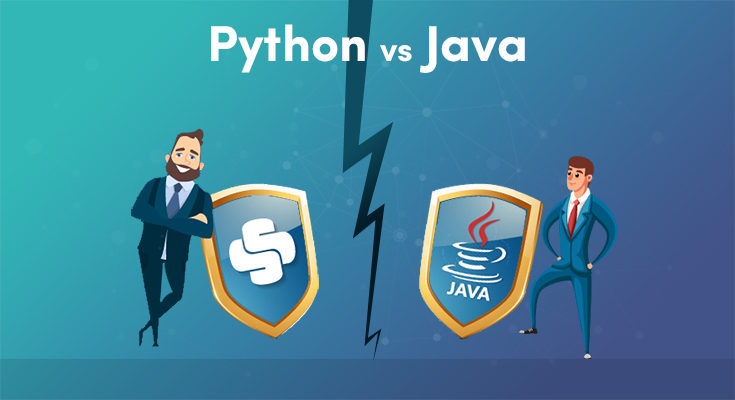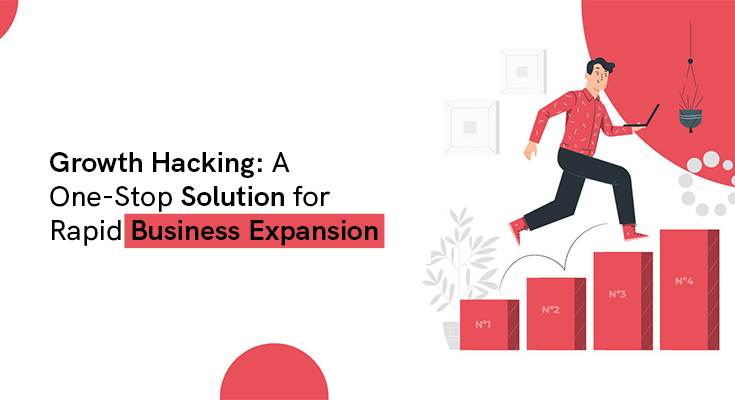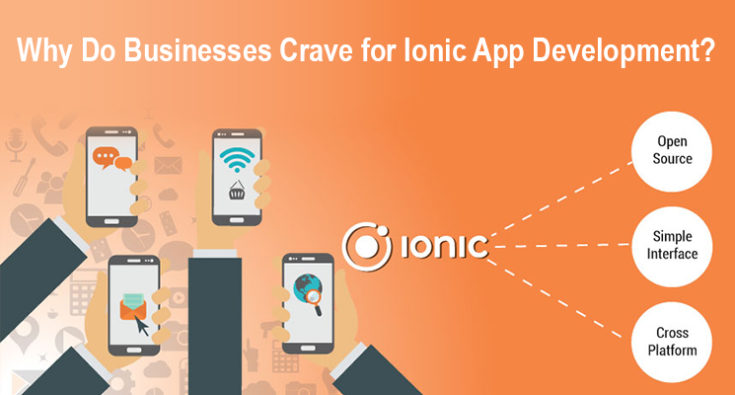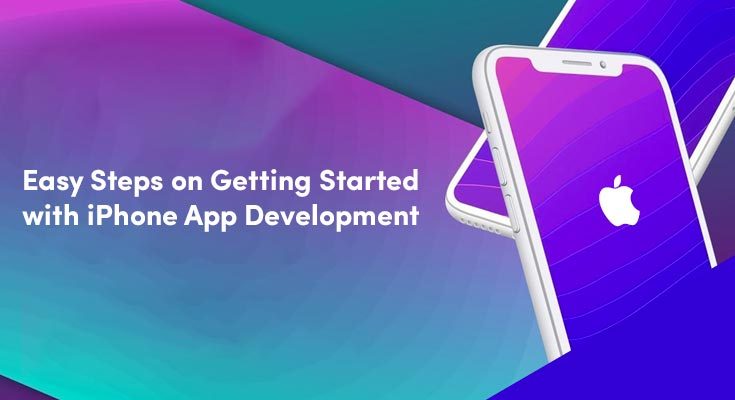When the talk is about developing lightweight, unique, and specific web or mobile applications, the professional realm of programmers gets to choose among a pool of different and amazing programming languages.
The development of algorithms, the production of efficient code, and numerical experimentation are already a part of the circular baggage of the professionals most in demand by the market where Python and Java have emerged as benchmarks.
The robust languages of today, Java and Python, monopolize much of the attention in the training stage as well as the development stage, considering the different productivity metrics of each.
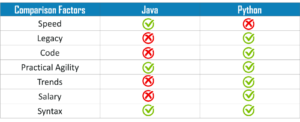
Java-Python Face-Off
Java vs Python: the developer community worldwide has a great debate about which of the two programming languages is the best where each developer defends his point of view to make a wise decision.
This article will objectively analyze the characteristics of the two unique object-oriented languages that will enable you to have a criterion to choose between any of these trending languages.
Python vs Java for mobile app development is the next big thing that arouses curiosity among developers as well as non-developers to gain crucial insights into the potential the two vigorous languages embed. A piece of information i the same context is also highlighted as you read along.
Recently, Python emerged as a more advanced programming language than Java and started a debate between Java and Python among developer communities.
Let’s see which one rules out as per productivity metrics.
Some time ago, software developers developed their systems in a C-class environment and programming languages. After a few years, Java emerged on the horizon as a better option with unique advantages. For example:
- Java is a compiled language
- Java requires JVM (Java Virtual Machine) to run codes
- It has better OOP support, and possess compact and comprehensive encoding patterns
- The language has powerful libraries which allow developers to go beyond the desktop, the web and even mobile application development
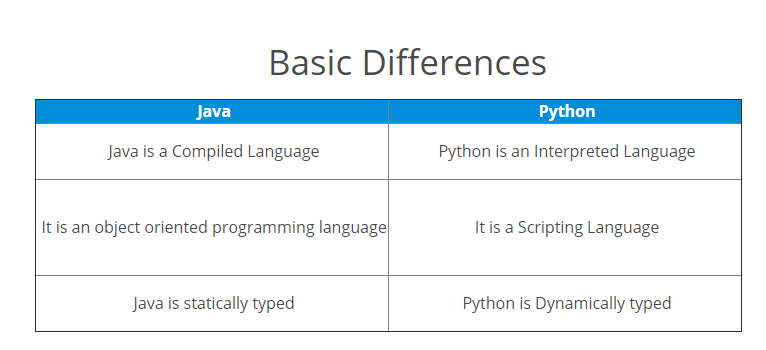
Lately, a powerful and advantageous new programming language appeared which none other than Python.
- Unlike java, Python has interpreted the language
- Thus, Python doesn’t require a virtual machine to run the code
- Python code is directly interpreted by machines and is converted into a byte code that devices understand
These were some fundamental differentiators of the two superstar programming languages. We’ll further help you to enhance your knowledge by providing more information on their advanced features.
Let’s proceed.
Which is More Fashionable? Java or Python?

How often people search for language tutorials and learning courses on Google.
#Java Trends
Java has passed its half-life and is getting old to gradually fade from the trends in the programming market. However, the popularity of Java in business and mobile application development is immense and non-ignorable.
-Among the static types of programming scripts, Java is still the king.
-Java is a well-defined language, so you can’t write code without first defining a class.
-Being an amazing OOP language, the mentors who prepare developers are prescribed to learn Java first. Thus, a developer can get used to the latest coding styles, patterns, and best practices.
-Java is a multithreaded language and runs an 8-core CPU.
-Due to tough competitions in the market, genuine Java developers are making it compact in code, coding faster than ever, and are providing more flexibility than previous versions.
-Thanks to the powerful JVM, coss compatibility between platforms and devices is incompatible and unbeatable in the market.
-Thus, 90% of fortune 500 companies prefer Java.
-Google has selected Java for its Android platform from the beginning because of its immense benefits both in the technical and general sense.

The Most Utilized Languages shown by Github’sstatistics
#Python Trends
Python is currently gaining astonishing growth and popularity in rich and developed countries where people are open and can afford future technologies such as AI, IoT, Machine Learning, and Big Data-based application development as well as implementations in innovative startups.
-Python is very useful in desktop applications, web applications, network servers, and media tools.
-Python is great for improving developer productivity, providing flexibility in the language, having excellent library support, and easy to learn, particularly who knows at least one OOP script like Java.
-Python is single-threaded due to its global Global Interpreter Lock (GIL) and runs on a single CPU core at the moment.
-Python is a favorite language among the next-generation developers and the demands of Python developers are greater than those of Java which reasons why Python developers earn a higher salary than Java developers.
-Python encoding requires fewer lines of code to express the same in Java.
[Prefer Reading: “10 Unforgivable Mobile App Development Basics Mistakes Everyone Makes.”]
Comparison of Performance Aspects of Python and Java
When we technically say that Java is using a virtual machine (JVM) to run code on any machine, we know that it will always perform fast. Interpreted programming is always slow in performance. Therefore Python is still slower compared to Java.
Unfortunately, this is not always true. As a general rule, the performance of languages depends on the environment. Other issues to consider are the types and power of libraries, coding styles, and the applied paradigm.
Python supports multiple paradigms like functional, OOP, and a combination of them. Whereas Java is only one and it is OOP. However, if you have developed an application in Python but when you are going to scale it, you must enter Java. So performance becomes a complex metric in a sense, and direct comparison to Java is a nightmare.
Market Share and Community Support Comparison: Java vs. Python
When thinking about the market share of a language, reliable market surveys are useful tools to know. According to these surveys conducted two years ago and in the current year, we have observed that Java remains at the top, while Python in 2017 ranked fifth, but in 2019 it is next to Java.

Surveyors have considered the popularity of a language based on its demand from recruiters in terms of the number of job openings in a period. Hence, we can say that the differences are slim between Java and Python.
Another metric for comparison is the developer community. The higher number of community members for one language than another indicates how the developers have adopted it and what great support you can get from the community.
Without a doubt, Java has a larger developer community than Python in terms of user groups. Those groups are available on various technical forums and platforms. They are also capable of extending helping hands to another developer, either for free or at a reasonable fee.
One more fact should be revealed here when we compare the popularity of a programming script. Some programming niches are better suited for a particular language than others.
[Prefer Reading: “Mobile Application Security: Best Practices for App Developers.”]
Multilingual FTW for Java and Python
Today, “full-stack” development is a buzzword in the market. It means that full-stack developers have capabilities to work across multiple languages, platforms, and frameworks, therefore a team of developers may prefer a particular language when it finds it suitable for particular projects and their goals.
For example, Python is the best bet for data scientists, artificial intelligence experts, and machine learning application development. Java can be great when dynamic/server-side, embedded, and cross-platform application development is required.
Do You Know?
Python is a Literary Programming Language
In the early days, a programming language was used solely for application development, but today it has a variety of applications in addition to development. It means that non-programmers also jump into code without programming skills.
Java has concise syntax and developer-friendly for creating software applications. However, Python is different on this front. It is simple like the English language and easy to code with a smooth learning curve.
Another important aspect of Python is being able to build good coding techniques for a wide range of applications or uses, this means that Python is becoming a popular programming language in technical schools and universities. A student never feels like he is doing special things like programming. Instead, they approach it like writing an essay.
In literate programming techniques, the code, explanatory prose, images, graphics, and other presentation materials belong to single documents, and the code remains executable with the environment. Python supports literate programming environments using Leo and Jupiter Notebook as IDEs.
Therefore, Python, being a literate programming language, excels in several areas such as presentation, demonstrations, teaching, collaboration, and research.
[Prefer Reading: “Which are the Major Forces that Determine the Mobile App Price?”]

